A clinical and electrophysiologic survey of childhood Guillain-Barré syndrome.
Autor(es): Hung Pi-Lien,Chang Wen-Neng,Huang Li-Tung,Huang Song-Chei,Chang Ying-Chao,Chang Chin-Jung,Chang Chen-Sheng,Wang Kuo-Wei,Cheng Ben-Chung,Chang Hsueh-Wen,Lu Cheng-Hsien
Resumo: In this 16-year (1986-2001) retrospective study, 23 childhood patients were identified with Guillain-Barré syndrome. According to clinical and electrophysiologic findings, 18 patients manifested acute inflammatory demyelinating polyradiculoneuropathy, 2 had Miller Fisher syndrome, 1 had axonal forms, and 2 were unclassified. Seasonal preponderance was evident in 39% of patients with Guillain-Barré syndrome, developing the disease in the winter (November to January) with upper respiratory infection the most frequent preceding event. The most common manifestation was limb weakness, with various degrees of motor weakness in 22 patients. Bulbar involvement was the most common cranial palsy, and it was evident in 30% of the episodes. Only one of these progressed to mechanical ventilation during hospitalization. Altogether, approximately 61% of the episodes exhibited sensory symptoms. At a follow-up of 1 year or more, 20 patients recovered and 3 had residua. Furthermore, no fatality occurred in our study. Our study also demonstrates that the clinical course of childhood Guillain-Barré syndrome has a shorter recovery time as compared with an adult patient group. Therapeutic outcome is favorable for patients who receive prompt treatment.
Imprenta: Pediatric Neurology, v. 30, n. 2, p. 86-91, 2004
Identificador do Objeto Digital: 10.1016/S0887-8994(03)00403-X
Descritores: Guillain-Barre Syndrome - Public health
Data de Publicação: 2004








